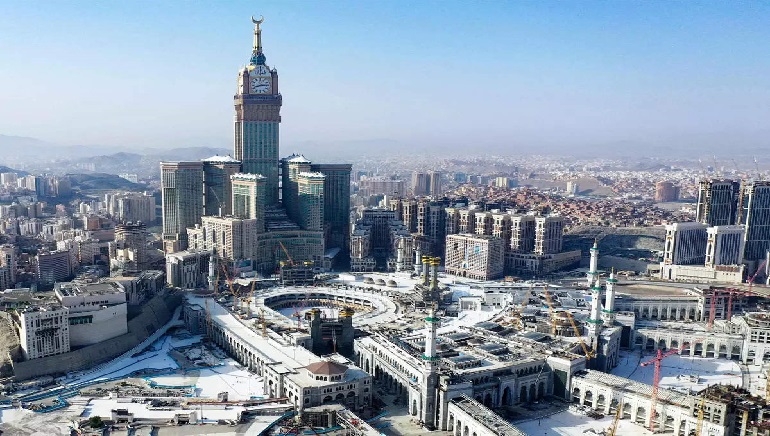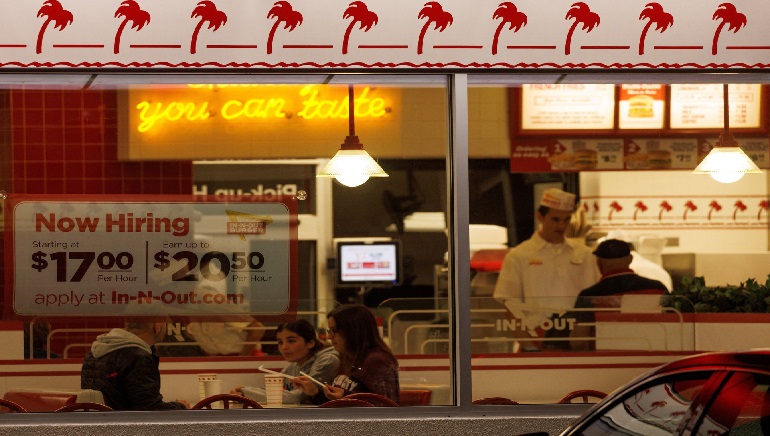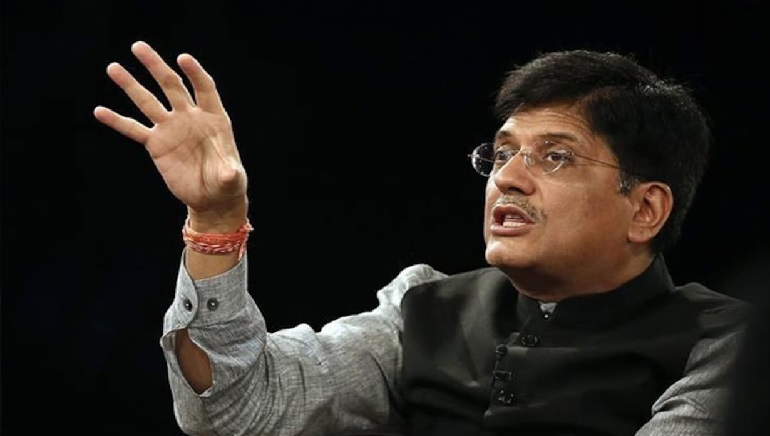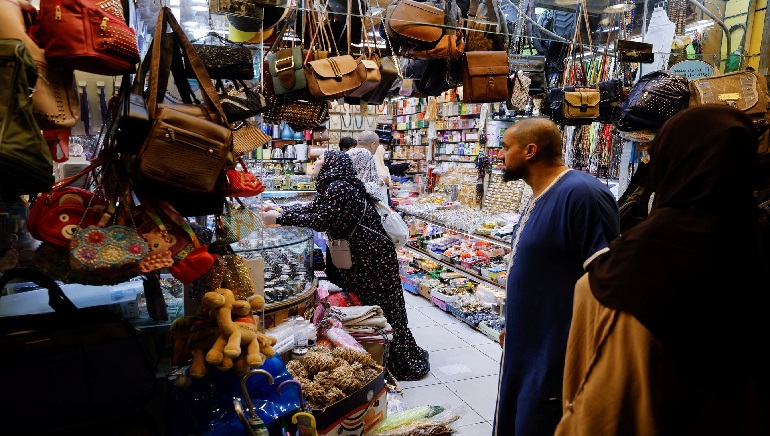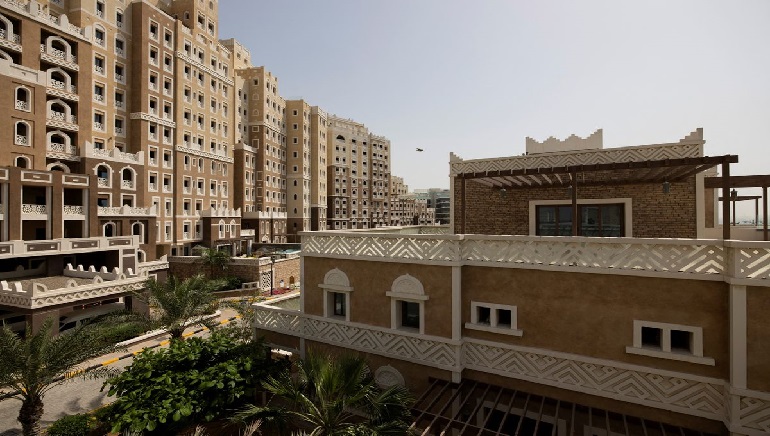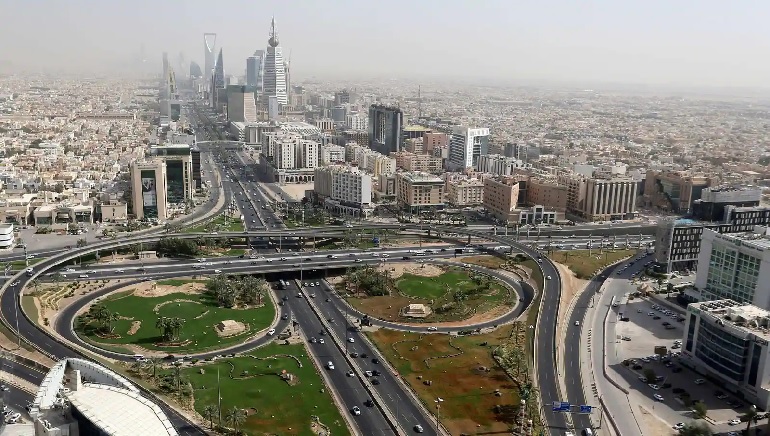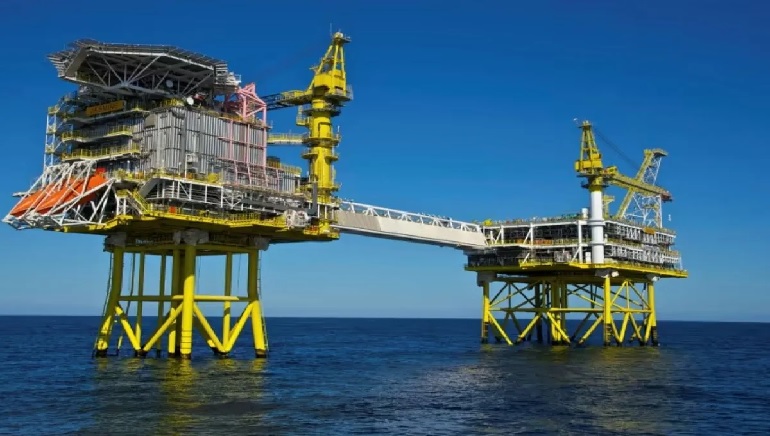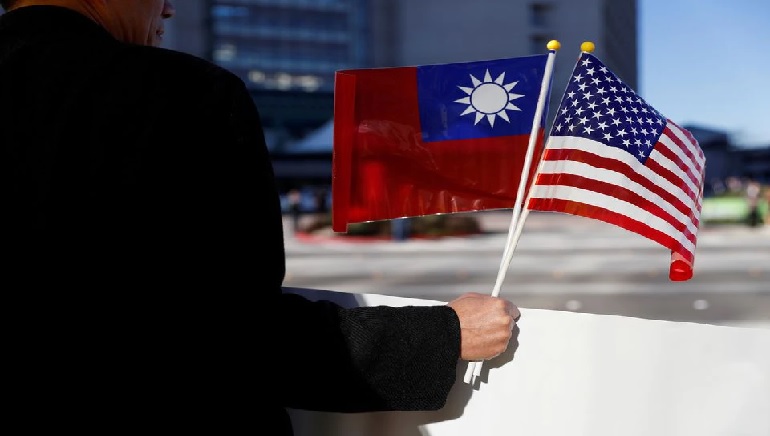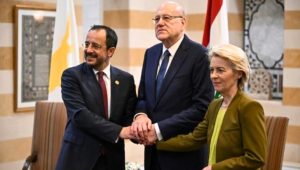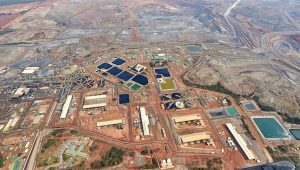Saudi Arabia’s real gross domestic product increased by 12.2% in the second quarter compared with last year’s second quarter, according to data published on Wednesday. The kingdom, which is the world’s largest oil exporter, gains an advantage due to escalating crude prices and a post-pandemic recuperation.
The government had expected a growth of 11.8% at the end of July, but the growth figure in the second quarter exceeded the estimate. The economy improved by 2.2% from the first quarter.
“The growth is mainly due to the high increase in oil activities by 22.9% y-o-y,” the General Authority for Statistics said. The oil economy grew 4.4% from the first quarter to the second quarter.
Non-oil activities saw an increase of 8.2% on a yearly basis and 4.5% from the first quarter. Government activities grew by 2.4% in the first six months of 2022, a 0.4% rise compared to the first quarter.





